Home>Kitchen & Cooking>Kitchen Gadgets & Utensils>How Many Trash Bags Can A 96-Gallon Trash Can Hold
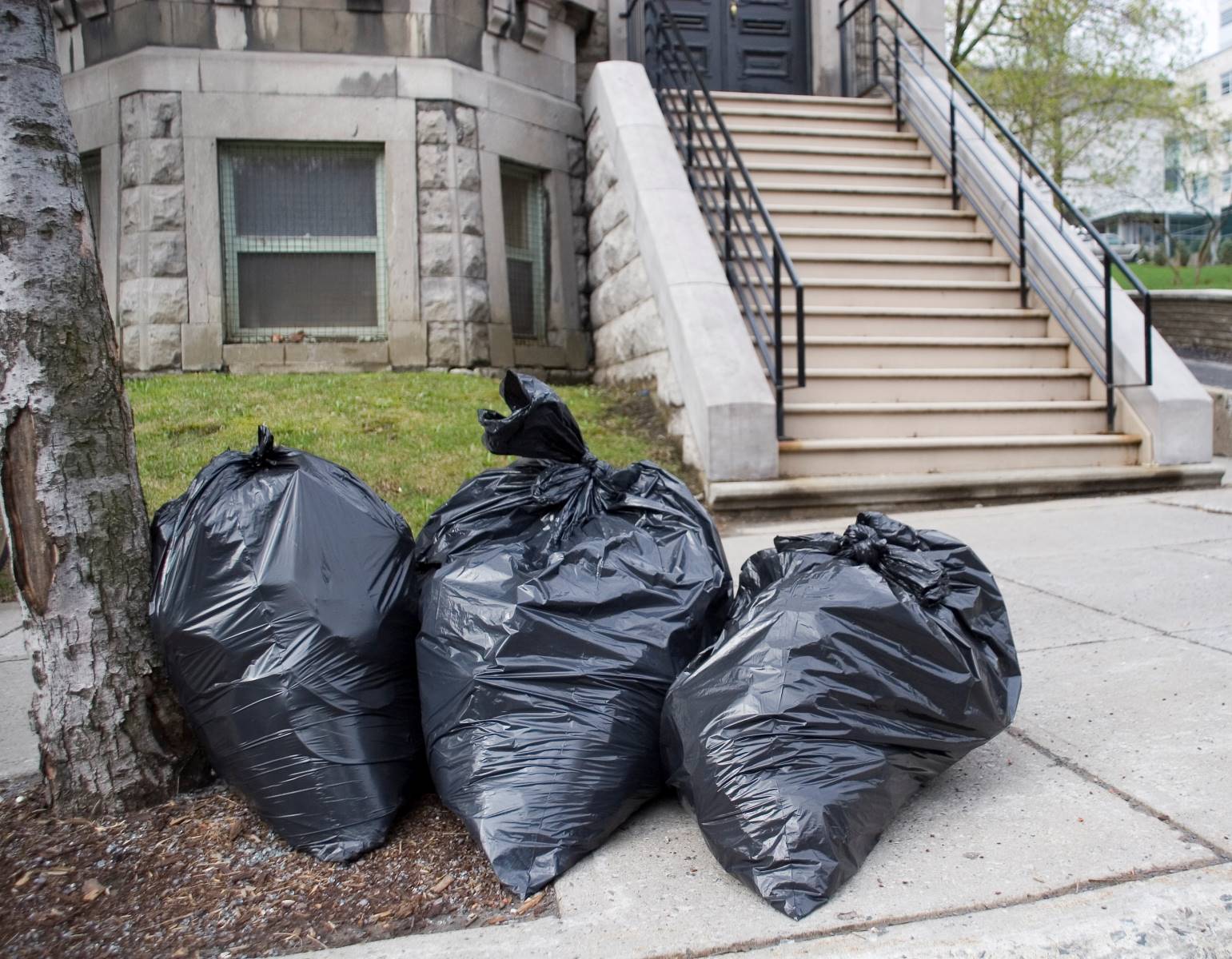

Kitchen Gadgets & Utensils
How Many Trash Bags Can A 96-Gallon Trash Can Hold
Published: February 14, 2024
Discover how many trash bags a 96-gallon trash can can hold and make your kitchen waste management easier with the right gadgets and utensils. Explore tips and recommendations for efficient waste disposal.
(Many of the links in this article redirect to a specific reviewed product. Your purchase of these products through affiliate links helps to generate commission for Storables.com, at no extra cost. Learn more)
Introduction
A 96-gallon trash can is a behemoth in the world of waste management, capable of accommodating a substantial volume of garbage. Whether you're a homeowner, a business owner, or a facility manager, understanding the capacity of a 96-gallon trash can is crucial for efficient waste disposal. In this comprehensive guide, we will delve into the intricacies of this colossal receptacle, exploring its capacity and the factors that influence the number of trash bags it can hold. By the end of this article, you will be equipped with the knowledge to optimize the use of a 96-gallon trash can, ensuring that you make the most of its impressive capacity.
This guide is designed to provide practical insights into maximizing the utility of a 96-gallon trash can, offering valuable tips and techniques for efficient waste management. Whether you're grappling with the challenge of handling household waste or seeking to streamline the disposal process in a commercial setting, the information presented here will empower you to make informed decisions regarding the utilization of this substantial waste receptacle.
Without further ado, let's embark on a journey to unravel the mysteries of the 96-gallon trash can, gaining a deeper understanding of its capacity and discovering the strategies to optimize its functionality.
Key Takeaways:
- The 96-gallon trash can can hold up to 96 gallons of waste, making it ideal for homes and businesses with substantial waste generation. Factors like compaction and bag size influence the number of trash bags it can accommodate.
- To maximize the capacity of a 96-gallon trash can, compact waste efficiently, strategically arrange items, use recyclables, and select durable trash bags. These practices optimize its functionality for efficient waste management.
Understanding the capacity of a 96-gallon trash can
The 96-gallon trash can, often referred to as a wheeled cart, is a substantial waste management solution designed to accommodate large volumes of garbage. Its impressive capacity makes it a popular choice for residential, commercial, and industrial use. To comprehend the magnitude of this colossal receptacle, it's essential to delve into its dimensions and visualize its voluminous interior.
Measuring approximately 30 inches in width, 35 inches in depth, and 44 inches in height, the 96-gallon trash can stands as a formidable giant in the realm of waste disposal. Its generous dimensions translate to a volumetric capacity of, you guessed it, 96 gallons. This means that the trash can can hold up to 96 gallons of waste, making it an ideal choice for scenarios where substantial waste generation is a regular occurrence.
The sheer size of the 96-gallon trash can enables it to accommodate a wide array of waste materials, from household trash and yard debris to commercial and industrial waste. Its robust construction, often featuring durable plastic or heavy-duty resin, ensures that it can withstand the rigors of daily use while effectively containing the waste within its capacious confines.
Furthermore, the design of the 96-gallon trash can, with its convenient wheels and sturdy handles, facilitates ease of maneuverability, allowing for effortless transportation even when fully laden with waste. This mobility is a key feature, especially in scenarios where the trash can needs to be moved for curbside collection or within large facilities.
In essence, the 96-gallon trash can's capacity is a testament to its utility in managing substantial volumes of waste. Its voluminous interior, coupled with its robust construction and user-friendly design, makes it a versatile and indispensable asset for efficient waste disposal.
As we continue our exploration, we will delve into the factors that influence the number of trash bags a 96-gallon trash can can hold, shedding light on the intricacies of maximizing its capacity.
Factors affecting the number of trash bags it can hold
The number of trash bags a 96-gallon trash can hold is influenced by several key factors, each playing a pivotal role in determining its effective capacity. Understanding these factors is essential for optimizing the utilization of the trash can and ensuring efficient waste management.
-
Type of Waste: The nature of the waste being disposed of significantly impacts the number of trash bags the 96-gallon trash can can accommodate. Bulky or irregularly shaped items may occupy more space within the trash can, potentially reducing the overall capacity for additional bags.
-
Compaction: The degree to which the waste is compacted within the trash can directly affects its capacity. Properly compacting the waste, either by hand or using a trash compactor, can create additional space, allowing for more trash bags to be accommodated.
-
Bag Size and Thickness: The size and thickness of the trash bags used play a crucial role in determining the number that can fit into the 96-gallon trash can. Utilizing appropriately sized and durable bags can maximize the utilization of the available space.
-
Arrangement of Waste: How the waste is arranged within the trash can also impacts its capacity. Strategically placing items to minimize empty spaces and maximize the use of available volume can result in the accommodation of more trash bags.
-
Overhang and Closure: The manner in which the trash bags are positioned and secured within the trash can affects its effective capacity. Ensuring that the bags are properly positioned with minimal overhang and securely closed can optimize the utilization of space.
-
Recyclables and Compressible Materials: Separating recyclable items and incorporating compressible materials, such as cardboard or paper, can create additional room within the trash can, allowing for more trash bags to be accommodated.
-
Moisture Content: The moisture content of the waste can impact its density and overall volume. Drier waste materials may occupy less space, potentially allowing for the accommodation of more trash bags within the 96-gallon trash can.
By considering these factors and implementing strategic waste management practices, it is possible to maximize the capacity of a 96-gallon trash can, optimizing its functionality and enhancing the efficiency of waste disposal. As we delve into the calculations for determining the number of trash bags the trash can can hold, these factors will serve as crucial considerations for achieving optimal utilization.
A 96-gallon trash can typically holds about 4-6 standard 13-gallon trash bags. Be sure to check the weight limit of the trash can to avoid overfilling.
Calculating the number of trash bags
Determining the precise number of trash bags that a 96-gallon trash can can accommodate involves a straightforward yet essential calculation. By understanding the volumetric capacity of the trash can and considering the factors that influence its effective utilization, it becomes possible to arrive at an estimate of the number of trash bags it can hold.
To initiate the calculation, it is crucial to comprehend the volumetric capacity of the 96-gallon trash can. As the name suggests, the trash can is designed to hold up to 96 gallons of waste. This volumetric measurement serves as the foundational basis for determining the number of trash bags that can be accommodated within the trash can.
Next, it is imperative to consider the size and thickness of the trash bags being utilized. By assessing the dimensions and durability of the bags, it becomes possible to estimate the space they will occupy within the trash can. Additionally, the manner in which the bags are positioned and secured within the trash can plays a pivotal role in optimizing its capacity.
Taking into account the factors that influence the effective utilization of the trash can, such as the type of waste, compaction, arrangement of waste, and the presence of recyclables and compressible materials, allows for a more accurate estimation of the number of trash bags it can hold. By strategically compacting the waste, minimizing empty spaces, and incorporating recyclable and compressible materials, it becomes feasible to maximize the utilization of the available volume.
Considering the dimensions of a standard trash bag, which typically ranges from 30 to 33 gallons in capacity, it is reasonable to estimate that a 96-gallon trash can may accommodate approximately 2 to 3 standard-sized trash bags. However, this estimation may vary based on the aforementioned factors and the specific characteristics of the waste being disposed of.
In scenarios where the waste is predominantly bulky or irregularly shaped, the effective capacity for accommodating trash bags may be reduced. Conversely, when the waste is properly compacted, arranged strategically, and devoid of excessive overhang, the trash can may be capable of accommodating a greater number of trash bags.
By considering these factors and conducting a practical assessment of the trash can's capacity in relation to the specific waste materials being managed, it becomes possible to arrive at a tailored estimation of the number of trash bags it can hold. This personalized approach ensures that the utilization of the 96-gallon trash can is optimized, facilitating efficient waste management and disposal.
In essence, calculating the number of trash bags that a 96-gallon trash can can hold involves a thoughtful consideration of its volumetric capacity, the characteristics of the waste being disposed of, and the strategic implementation of waste management practices to maximize its utilization. By leveraging these insights, individuals and organizations can make informed decisions regarding the efficient utilization of this substantial waste receptacle.
Tips for maximizing the capacity of a 96-gallon trash can
-
Proper Compaction: Efficiently compacting the waste within the 96-gallon trash can is a fundamental strategy for maximizing its capacity. Utilizing a trash compactor or manually compressing the waste can create additional space, allowing for the accommodation of more trash bags. By reducing the void spaces within the trash can, proper compaction optimizes its utilization and enhances its capacity.
-
Strategic Arrangement: Thoughtful arrangement of waste materials within the trash can is essential for maximizing its capacity. By strategically placing items to minimize empty spaces and maximize the use of available volume, it becomes possible to accommodate a greater number of trash bags. This strategic approach ensures that the interior space of the trash can is utilized to its full potential.
-
Utilization of Recyclables: Separating recyclable items and incorporating them into the waste disposal process can create additional room within the 96-gallon trash can. By segregating recyclables such as cardboard, paper, and certain plastics, it becomes feasible to optimize the utilization of the available space, allowing for the accommodation of more trash bags.
-
Utilization of Compressible Materials: Incorporating compressible materials, such as cardboard boxes and paper packaging, into the waste stream can contribute to maximizing the capacity of the trash can. These materials can be strategically placed to fill void spaces and create additional room for accommodating more trash bags, effectively optimizing the utilization of the trash can's voluminous interior.
-
Selection of Durable and Appropriately Sized Trash Bags: Choosing durable and appropriately sized trash bags is crucial for maximizing the capacity of the 96-gallon trash can. Opting for high-quality bags that fit snugly within the trash can and possess sufficient strength to contain the waste materials ensures efficient utilization of the available space. Additionally, utilizing bags with reinforced bottoms and secure closures enhances the overall capacity of the trash can.
-
Minimization of Overhang: Ensuring that the trash bags are positioned within the trash can with minimal overhang is essential for optimizing its capacity. By minimizing overhang and securely closing the bags, the effective utilization of the available volume is enhanced, allowing for the accommodation of more trash bags while maintaining a tidy and organized waste disposal setup.
-
Regular Maintenance and Cleaning: Periodically cleaning the interior of the 96-gallon trash can and ensuring that it is free from residual waste or debris can contribute to maximizing its capacity. By maintaining a clean and unobstructed interior, the trash can's voluminous space can be fully utilized, allowing for the accommodation of a greater number of trash bags.
By implementing these tips and techniques, individuals and organizations can effectively maximize the capacity of a 96-gallon trash can, ensuring efficient waste management and disposal. These strategies empower users to optimize the utilization of this substantial waste receptacle, enhancing its functionality and contributing to a streamlined waste management process.
Read more: How Big Is A 96 Gallon Trash Can
Conclusion
In conclusion, the 96-gallon trash can stands as a formidable asset in the realm of waste management, offering a voluminous capacity that can accommodate substantial volumes of waste. Through our exploration of its dimensions, capacity, and the factors influencing the number of trash bags it can hold, we have gained valuable insights into optimizing its functionality for efficient waste disposal.
By understanding the factors that impact the effective utilization of the 96-gallon trash can, including the type of waste, compaction, bag size and arrangement, recyclables, and moisture content, individuals and organizations can make informed decisions regarding its usage. The calculation of the number of trash bags it can hold, coupled with practical tips for maximizing its capacity, equips users with the knowledge to leverage its voluminous interior for efficient waste management.
The strategic compaction and arrangement of waste, utilization of recyclables and compressible materials, and the selection of durable and appropriately sized trash bags are essential practices for maximizing the capacity of the 96-gallon trash can. By implementing these techniques, users can ensure that the trash can operates at its full potential, accommodating a greater volume of waste while maintaining an organized and efficient waste disposal setup.
Whether it's for residential, commercial, or industrial use, the 96-gallon trash can serves as a versatile and indispensable solution for managing substantial volumes of waste. Its robust construction, user-friendly design, and impressive capacity make it a valuable asset in various waste management scenarios.
In essence, our journey to unravel the mysteries of the 96-gallon trash can has provided us with the knowledge and strategies to optimize its functionality. By leveraging these insights and implementing practical techniques, individuals and organizations can streamline their waste management processes, contributing to a cleaner, more organized, and efficient waste disposal environment.
As we conclude our exploration, it is evident that the 96-gallon trash can, with its substantial capacity and versatile utility, stands as a beacon of efficiency in the realm of waste management, empowering users to tackle the challenge of waste disposal with confidence and effectiveness.
Frequently Asked Questions about How Many Trash Bags Can A 96-Gallon Trash Can Hold
Was this page helpful?
At Storables.com, we guarantee accurate and reliable information. Our content, validated by Expert Board Contributors, is crafted following stringent Editorial Policies. We're committed to providing you with well-researched, expert-backed insights for all your informational needs.
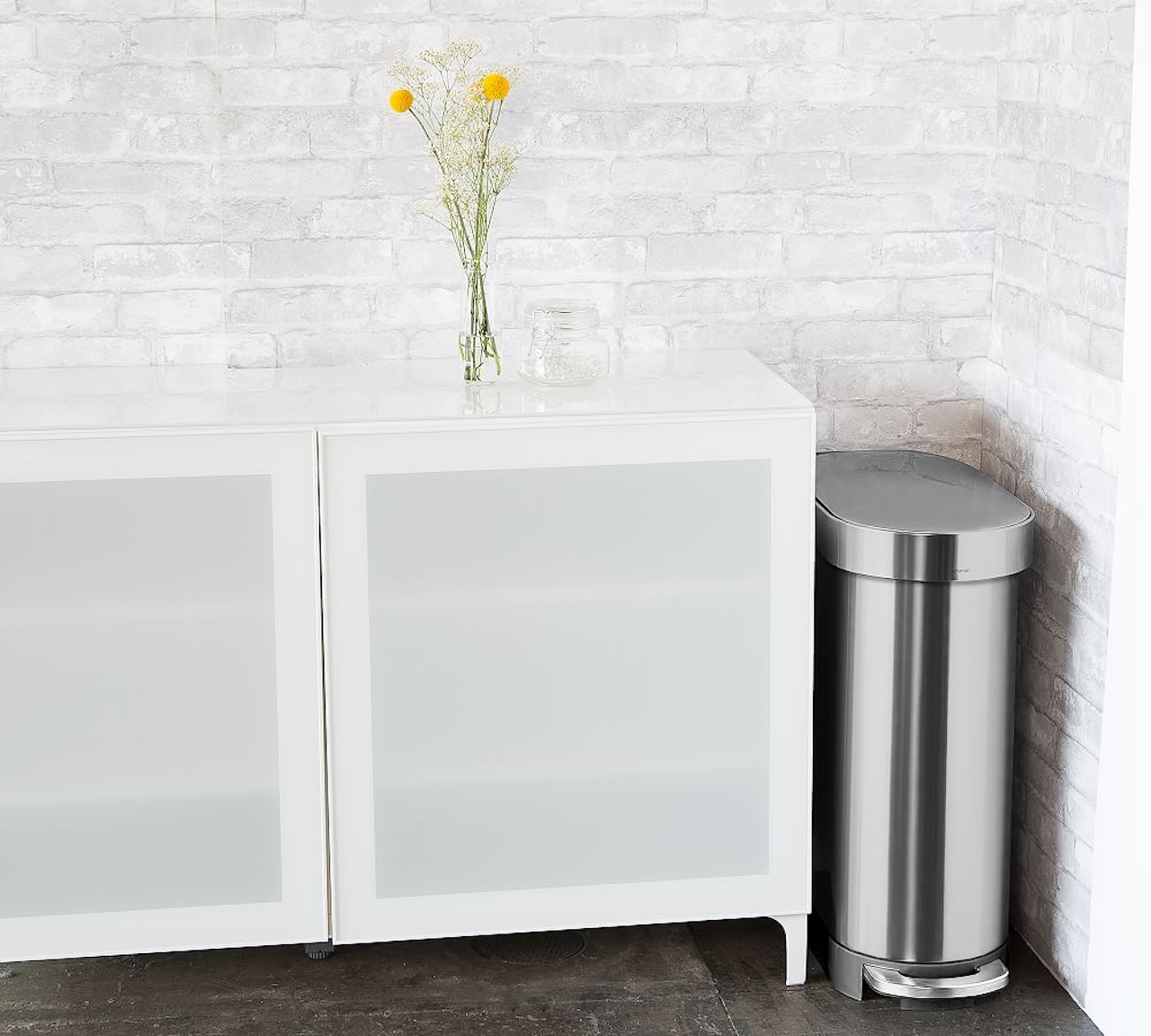
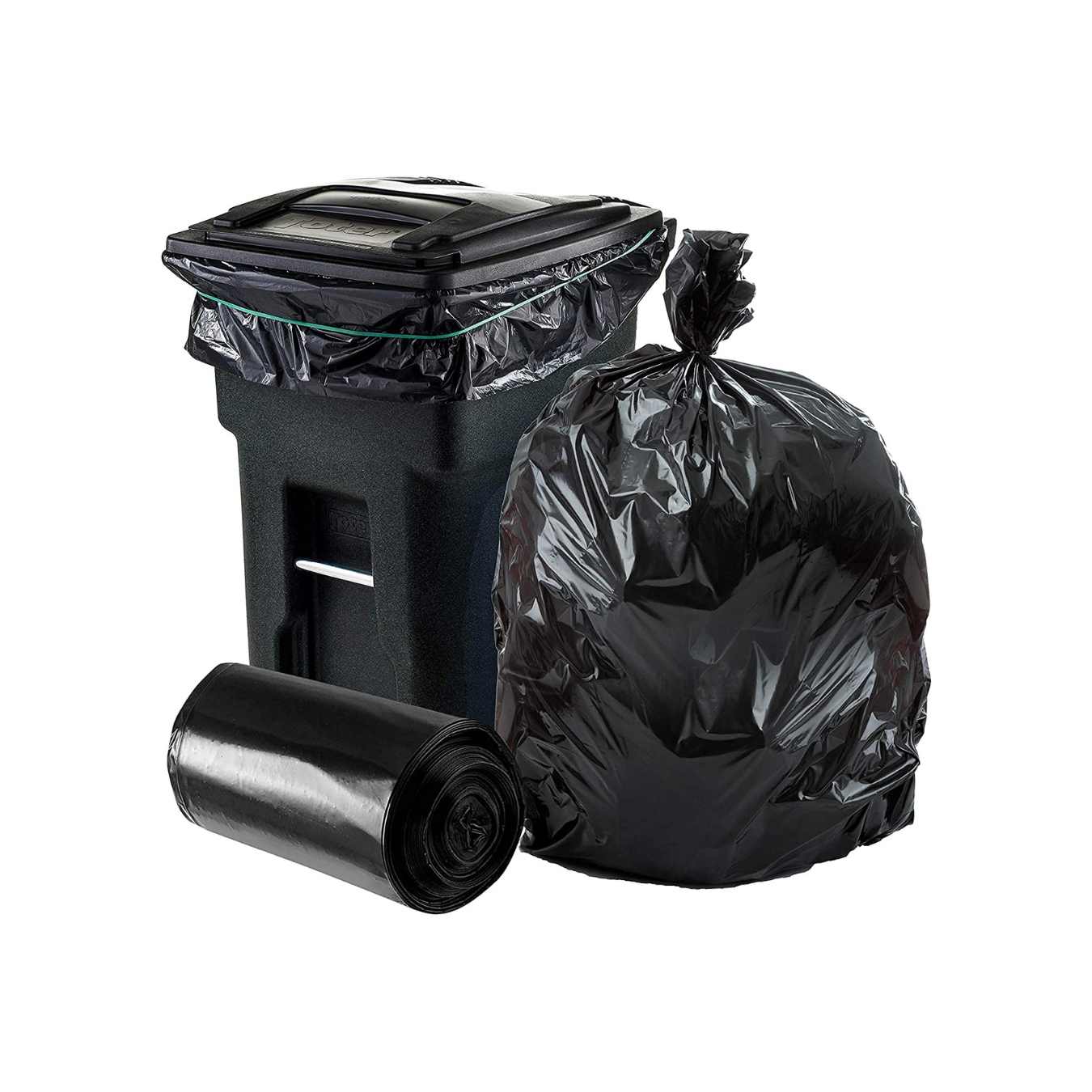
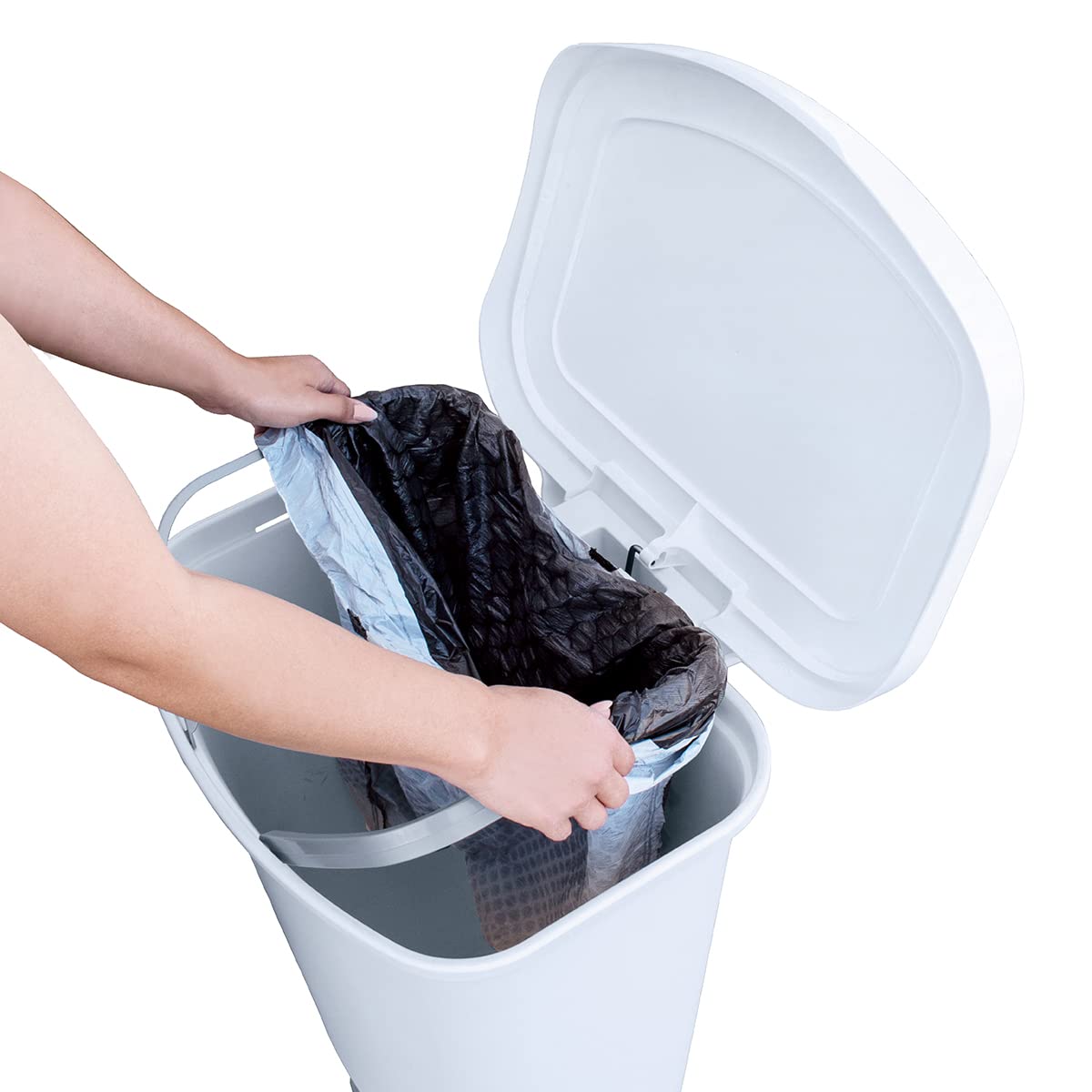
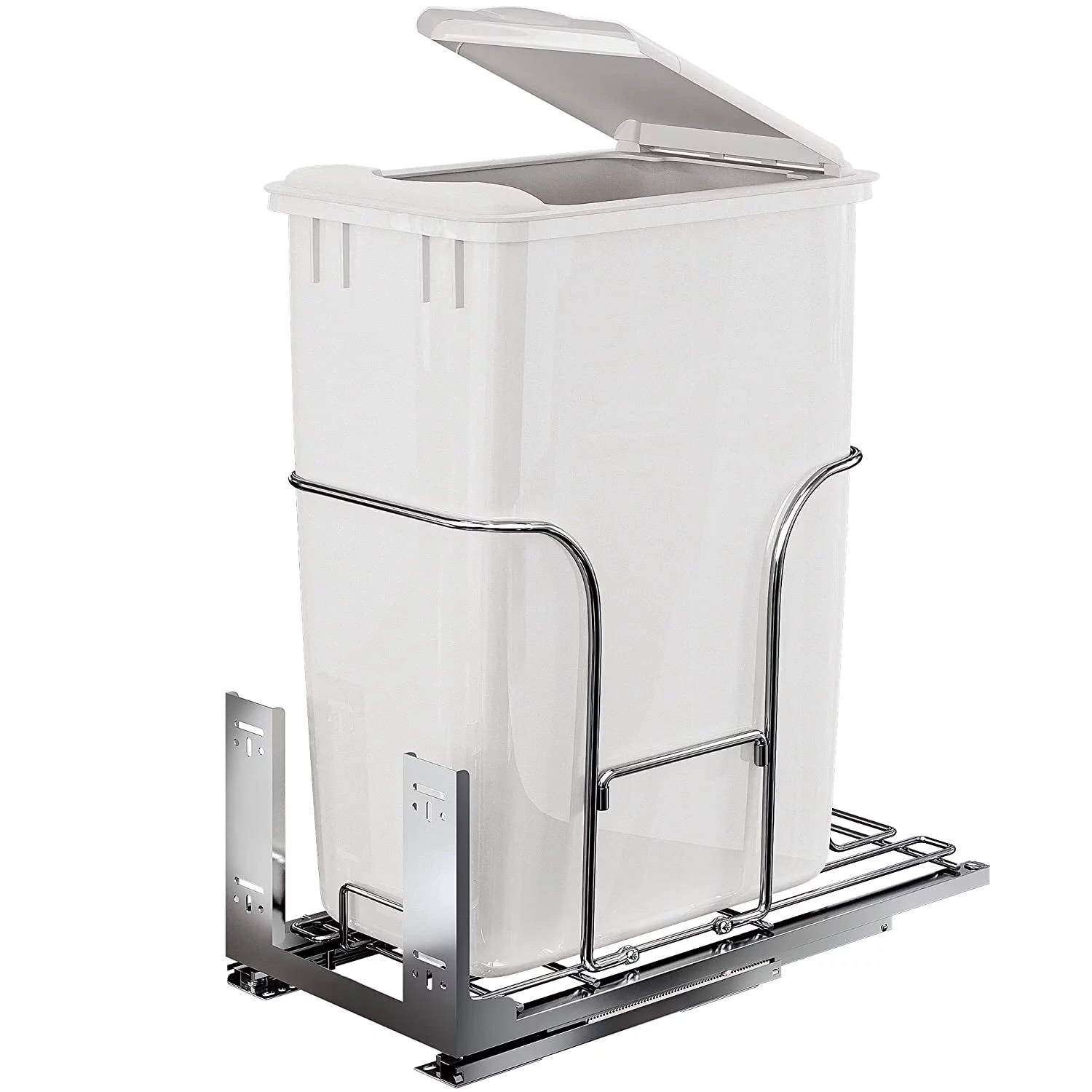
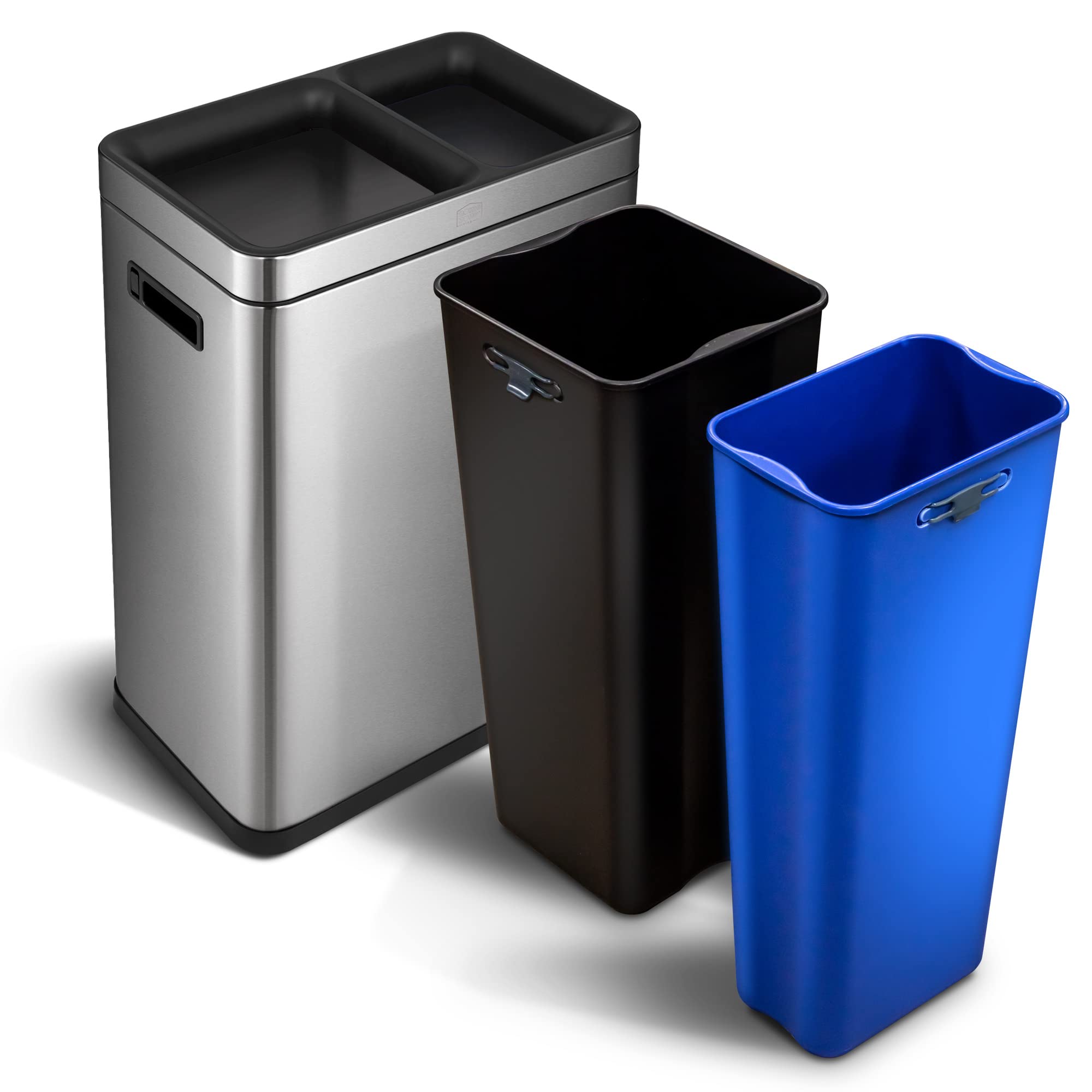
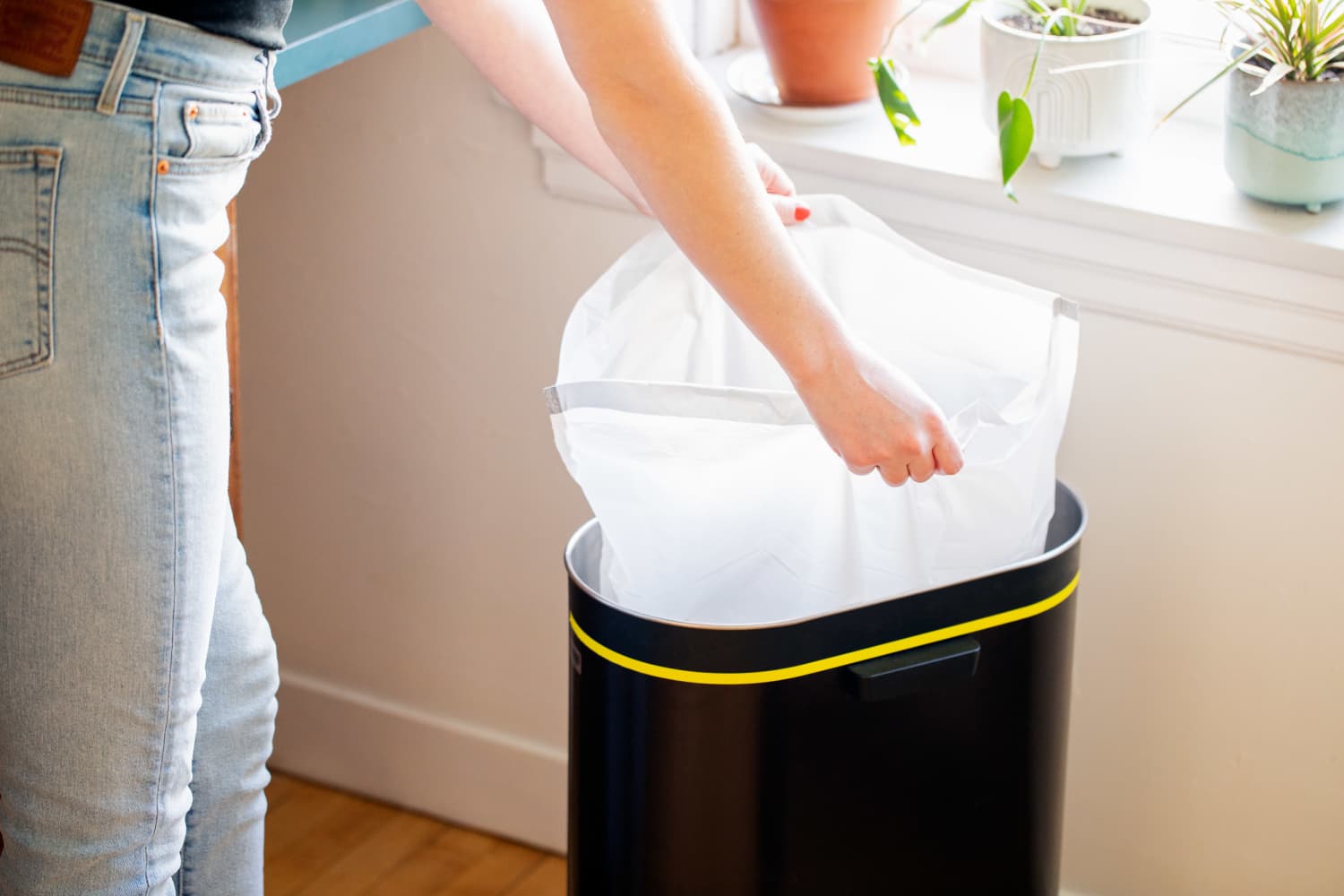
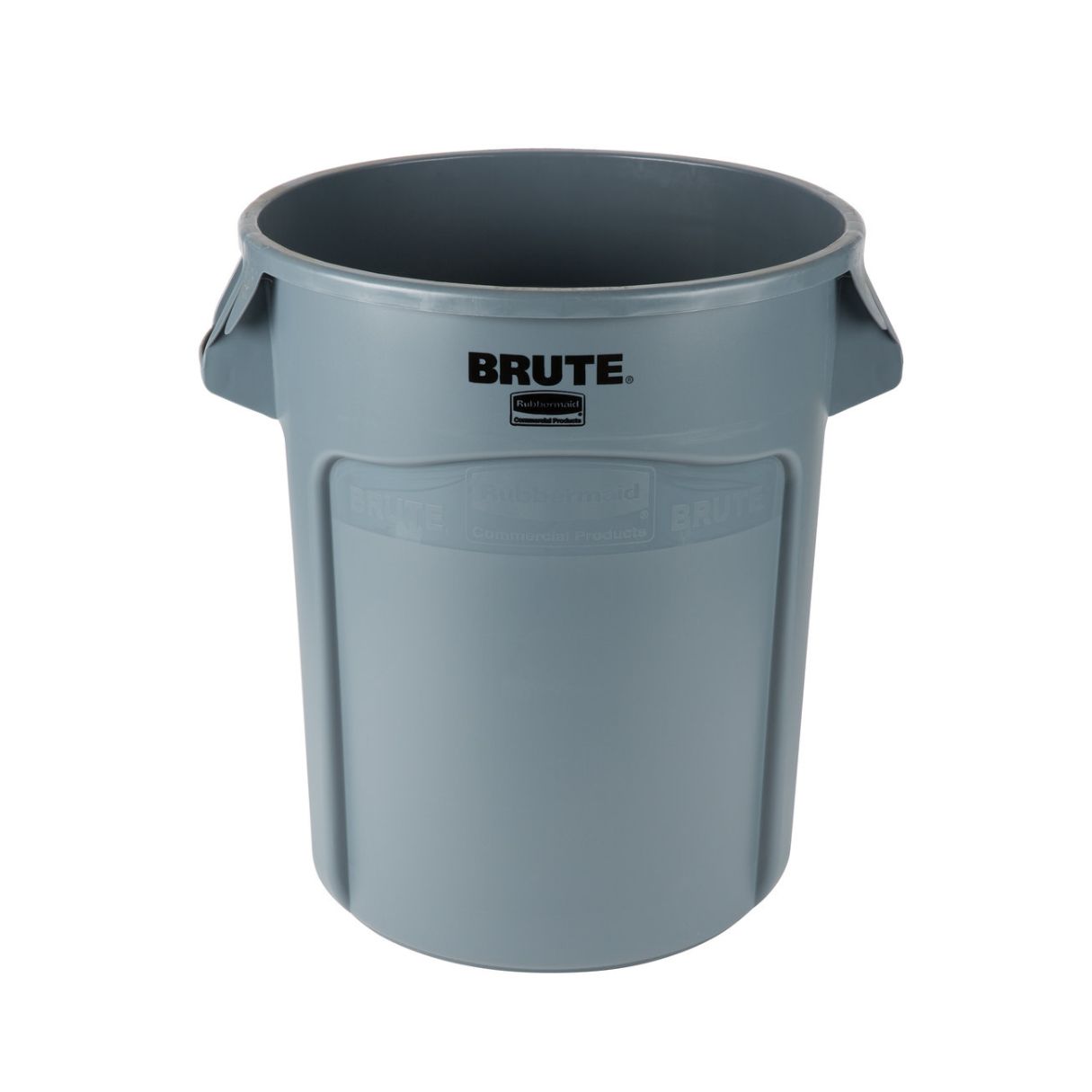
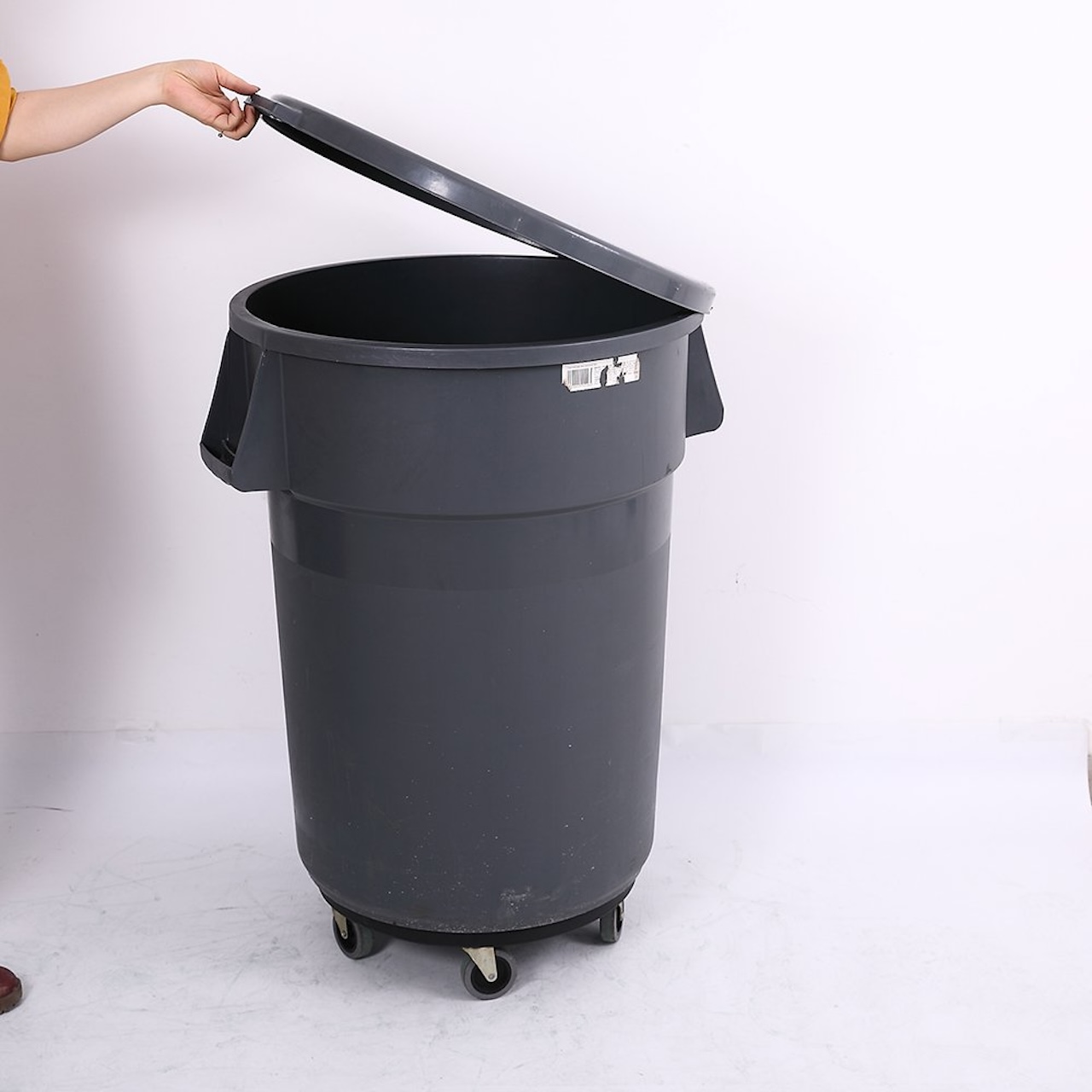
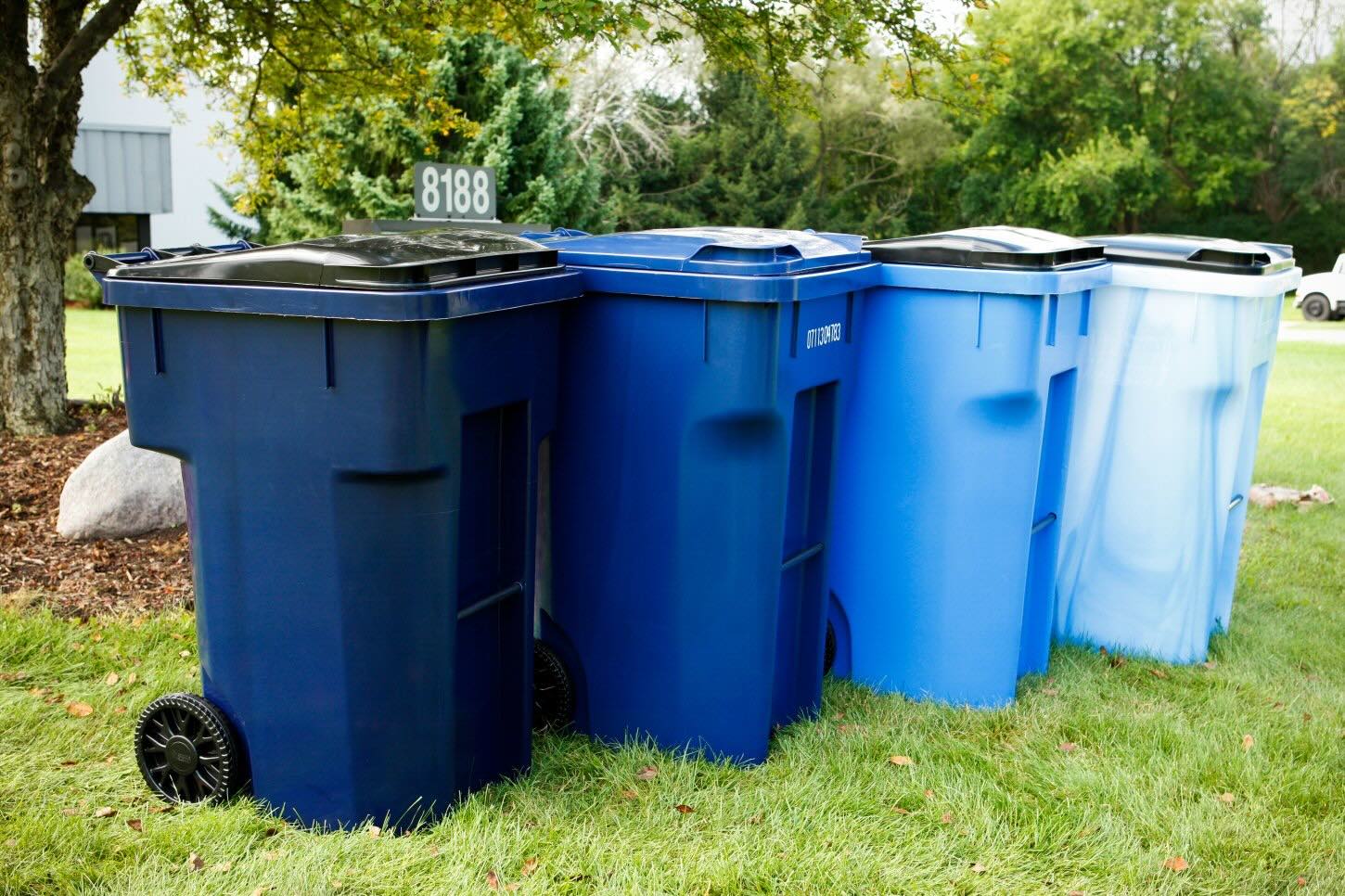
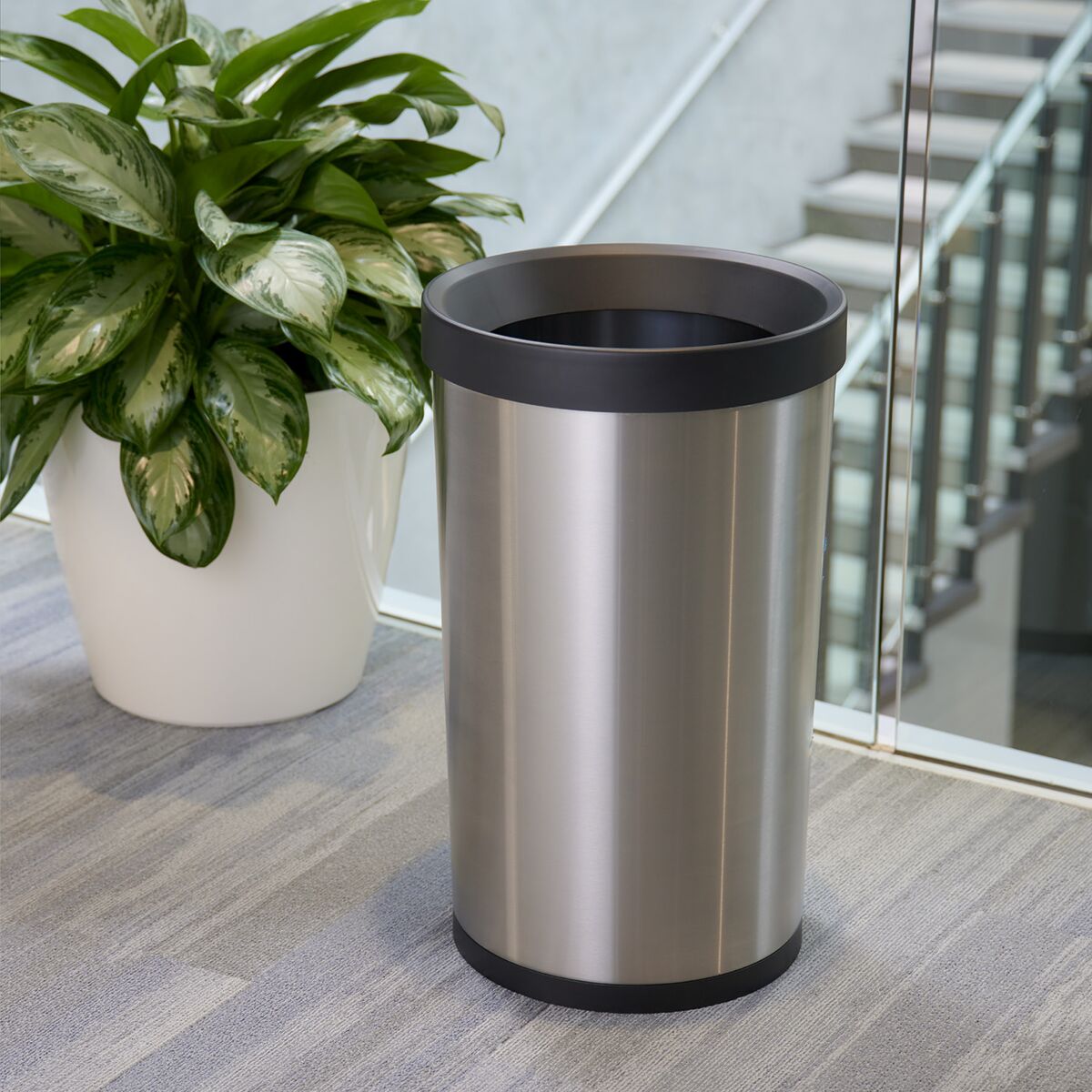
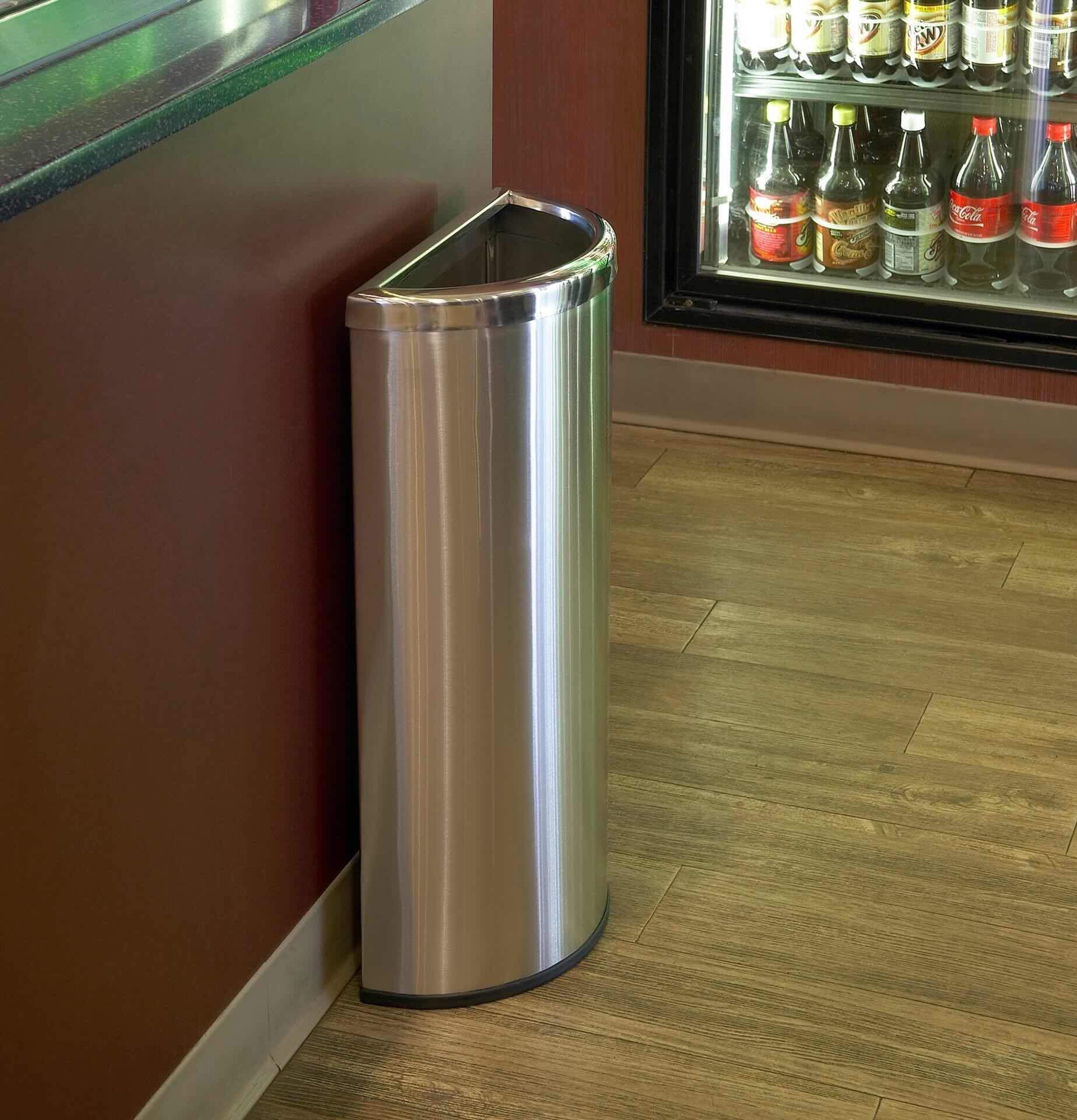
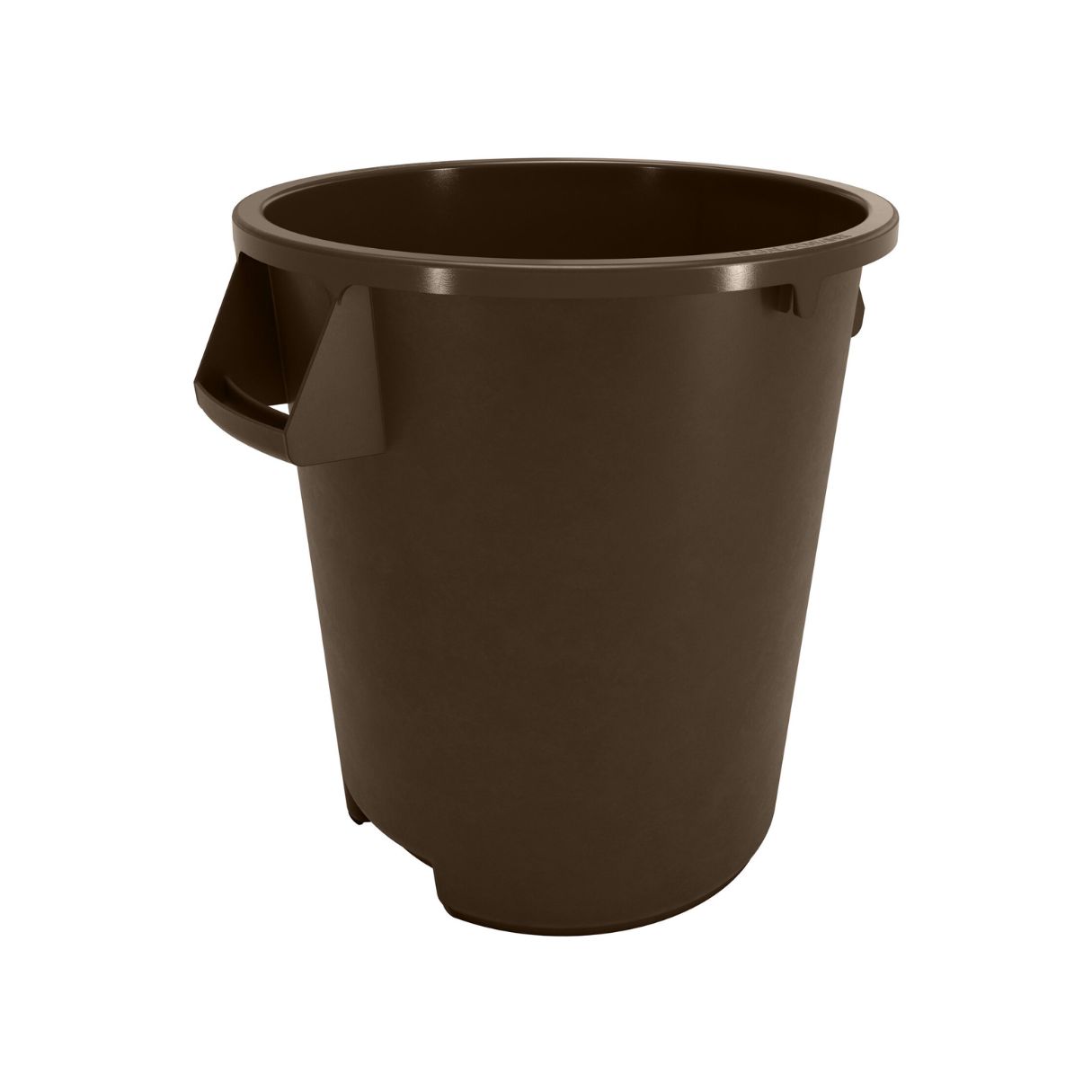

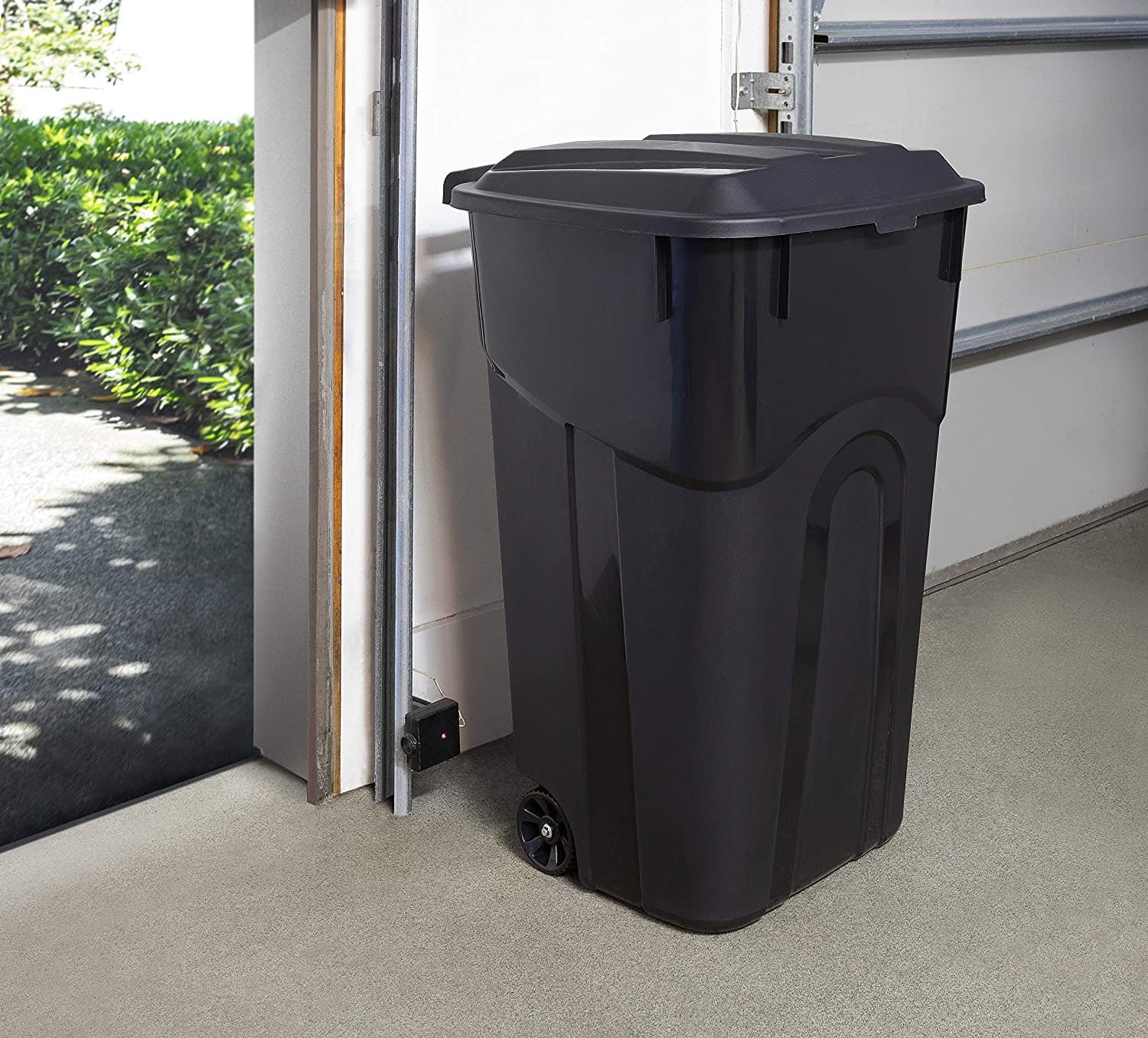

0 thoughts on “How Many Trash Bags Can A 96-Gallon Trash Can Hold”